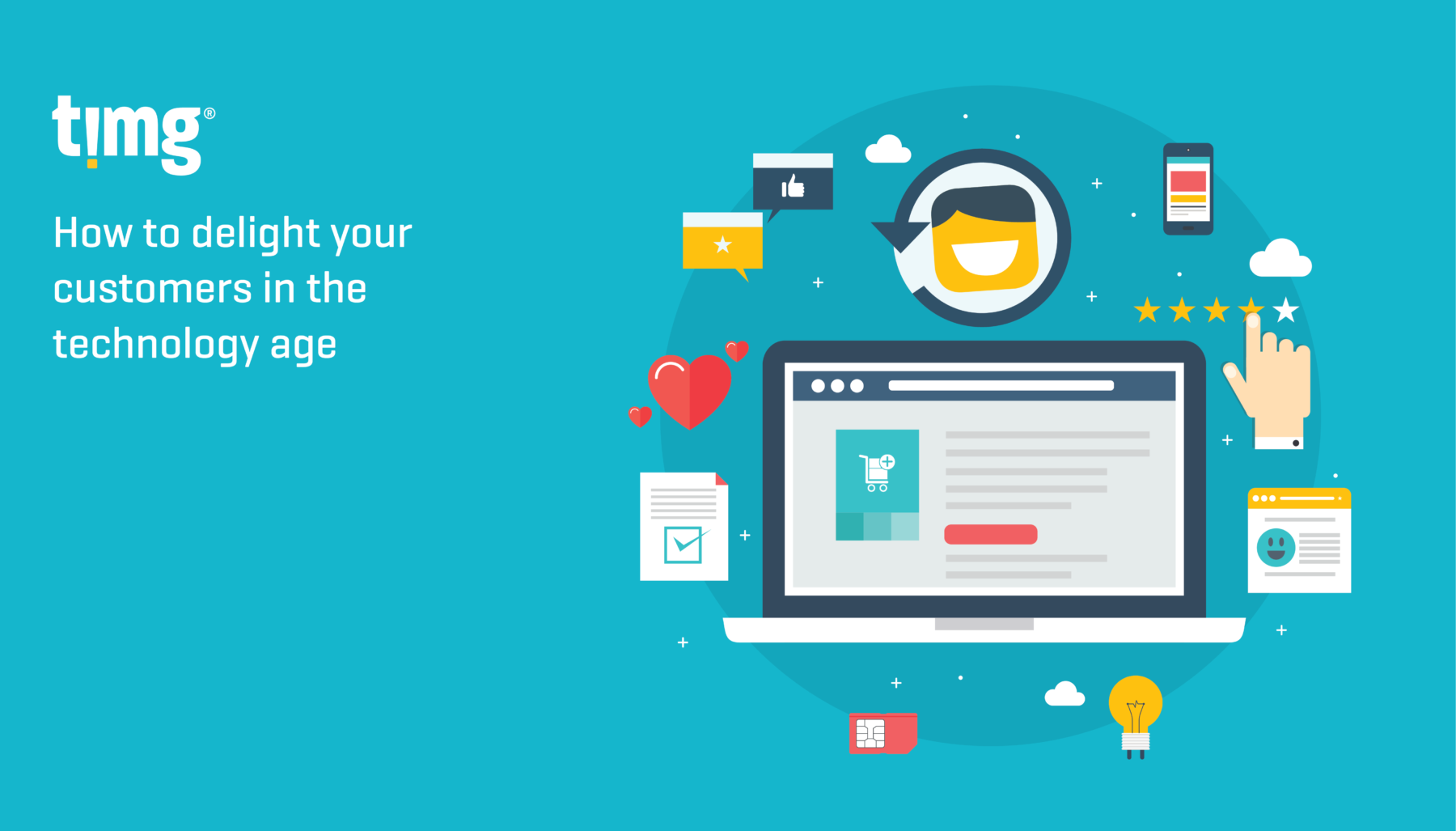How to Delight Your Customers in the Technology Age
With seemingly unlimited competitors on the market, our customers are spoilt for choice. The ultimate way to stand out from the crowd is to make your point of differentiation consistent user experience and effective customer…

With an average 96% client satisfaction rating, we know a thing or two about how to provide service that customers enjoy.
We’d like to share our proven methods to help keep your customers coming back for more.
Invest in your team.
Customer service is not just a department. It’s a way of life.
People make all the difference. Of course, nobody is perfect and we are all human. However, there are some spectacular people in the world. Apart from a strong skillset, we aim to hire only A-players who think outside of the box, take initiative, have a positive work ethic and do it all with a smile and a bit of banter.
As specialists in simplifying others’ work-life, we appreciate anything that makes our roles easier, too. Client interaction makes our job more fun. So much of the process behind delivering exceptional service depends on an internal structure that fosters a positive, customer-focused culture.
Organisational culture undoubtedly drives a remarkable customer journey. This doesn’t apply to just customer-facing roles, but all. Your operations and technology teams must appreciate the importance of positive user experience. Every team member is part of your company’s ultimate mission to make customers happy.
Deliver the goods.
The simplest way to keep a customer happy is to provide a service or product they love.
We live in an age where companies are driven by gathering and processing copious amounts of data. The changing landscape of how we communicate, process information and work creates a positively disruptive environment that propels business agility and transformation.
Smart, progressive companies embrace technology to make the customer experience their priority, developing digital solutions to ease and quicken each task. This involves creating a positive experience based on solving a problem and fulfilling a need. This approach has considerably grown in automation through cloud computing services and workflow management software.
Stay relevant.
Customers want to be treated like the individuals they are. Gone are the days where you can skate by with a ‘one size fits all’ approach.
I reflect on a lesson my interpersonal communications professor drilled into us – ask questions and listen. A simple conversation or any form of feedback allows you to personalise your message across communication channels. Practising personalisation enables a strong perception of value received.
“Most people spend more time and energy going around problems than in trying to solve them.”
Henry Ford, Founder, Ford Motor Company
As the father of the automobile industry, Henry Ford literally set the wheels in motion that led towards our modern society, one that desires greater automation to achieve tasks in our everyday lives. I don’t doubt that Ford considered the consumer experience to be paramount when he designed his first car. The rest, as they say, is history.
Understand client needs.
What makes one solution better than another? In many cases, it comes down to ease of use and quality of outcomes. At TIMG, our focus is always on our clients. Our data management systems have been developed to make our clients’ jobs less stressful and complicated. We use technology to solve problems rather than add to them.
Our user-friendly file management software allows clients easy tracking of and access to their complete online inventory. Automation of data backup and disaster recovery limits the need for customer involvement and provides reliable protection against loss. Meanwhile, other tailored digital solutions seek to enhance productivity by saving time on predictable tasks and provide real-time information to enhance decision-making.
Accept and expect disruption.
In every industry that has been or is being disrupted, the incumbents are simply being bested by newcomers who have found ways to build better relationships with their clients. It isn’t technology that’s disrupting industry: it’s the clients.
Clients are not a right: they are a privilege that a company must earn over and over again. Many a disrupted company seems to have forgotten this elementary fact. Rather than let clients disrupt them by switching to an innovative competitor, companies would be better advised to disrupt themselves. Doing that requires a wholehearted embrace of innovation and adaptability. It also requires a steely eye on what clients need.
Stay ahead of the curve.
There’s an apparent contradiction here. Organisations need to adapt to what clients need even while client needs are changing. At the same time, clients can be wary of or resistant to change, as well as to the pace of it. Sometimes this is a function of the age of clients, who are increasingly required to embrace technologies that they don’t necessarily understand. You must press ahead with deliberation and planning.
Timing is everything.
Aggressive timelines are indeed the order of the day. Disruptive implementation relies on nimble teams with big ideas who can execute quickly. It’s critical for companies to ensure that they have the right people at the table internally. Being challenged is one thing, but challenges should not become roadblocks.
Teams need empowerment to take risks and to “hold the vision”. This means that, sometimes, the ideas people must be separated from the process people so that the “what” can grow without being pre-emptively stymied by the “how”. All the while, a clear and steady emphasis must be placed on improvements by incorporating real client feedback quickly.
The ultimate challenge of self-disruption is to get solutions to market profitably. Above all, don’t get comfortable. And don’t be afraid: remember your childlike curiosity.
Most importantly, stay on top of the service quality you deliver. Your clients do notice.
Learn more about our team here.
 Your browser is very old. It's so old that this site will not
work properly as it should.
Your browser is very old. It's so old that this site will not
work properly as it should.